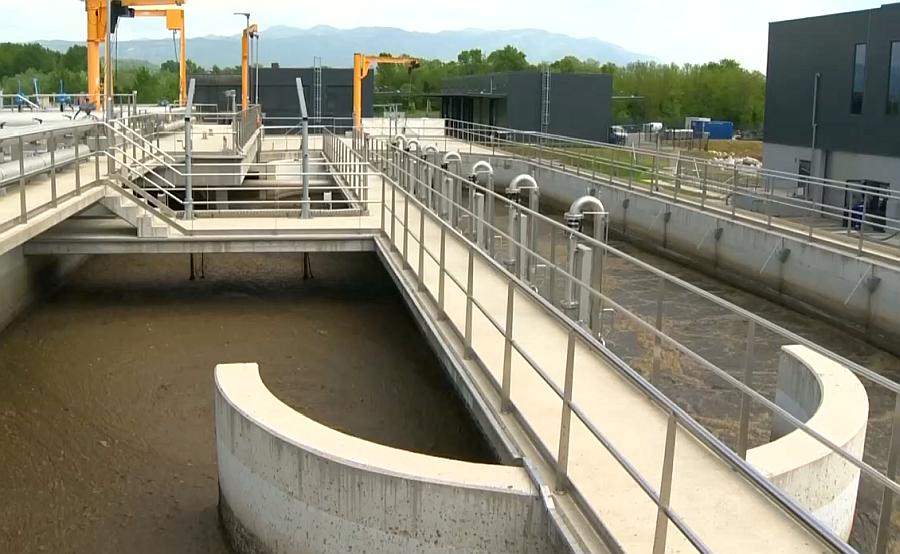The treatment plant for 52,000 population equivalents, with 19 kilometres of new sewage lines, 12 pumping stations and dozens of tanks, was mainly financed from EU’s cohesion funds. This ecological investment is an example of good practice both on the levels of inter-municipal and national cooperation as well as obtaining EU funds. The region of Goriška had been the last urban area in the country without a treatment plant.
"Owing to European money for the central treatment plant, we have not only solved the ecological problem of three municipalities but also our neighbours. We had been sending all sewage across the border, to the Italians. This was an interstate dispute, which was repeatedly discussed at the interstate commission of Slovenia and Italy," explained Miran Lovrič, director of the Nova Gorica Water and Sewerage Systems.
Now the water is cleaner but it has been quite an investment. "The whole project was worth around EUR 50 million with VAT. A little over 60% of the total price was covered by the European Union, and the rest was financed by the state budget as well as the municipalities to a lesser extent," explained Mitja Gorjan from the same company.


































































